Hi Uwe,
Will the planking be painted or left as is?
Will the planking be painted or left as is?
Hi Uwe,
Will the planking be painted or left as is?
Today I received my ordered nails and wire to make the necessary nails and bolts on my La Salamandre.
I received copper, steel and brass nails in thicknesses of 0,6 to 0,9mm, also some brass wire with 0,3 to 0,5mm.
After some trials I will decide which one I will use for the different elements of the ship.
View attachment 49442 View attachment 49441
View attachment 49439 View attachment 49440
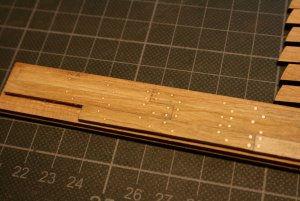
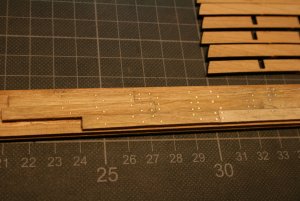
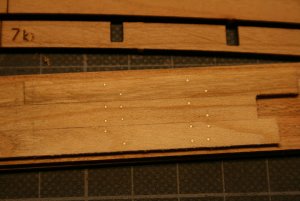
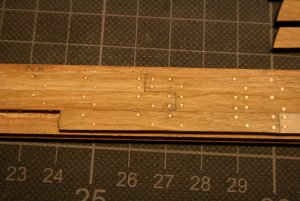
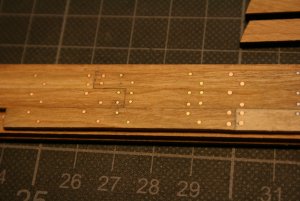
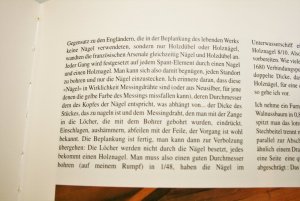
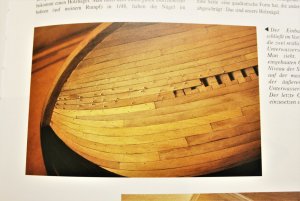
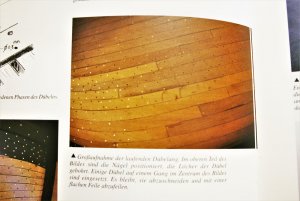
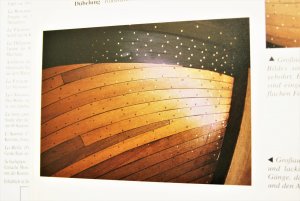
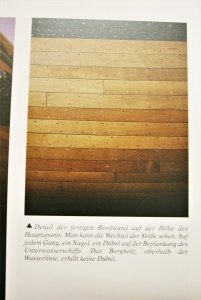
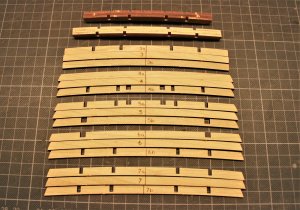
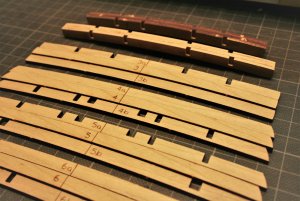
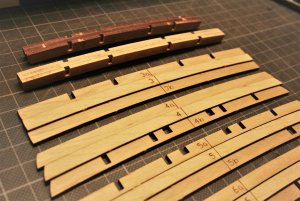
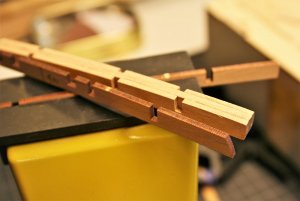
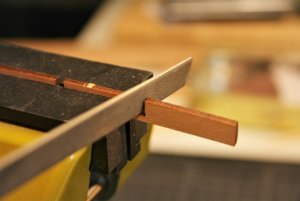
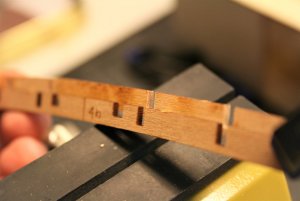
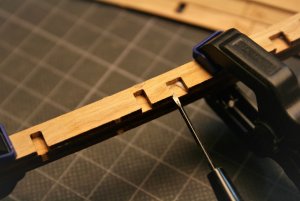
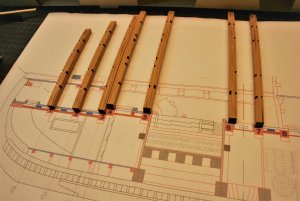
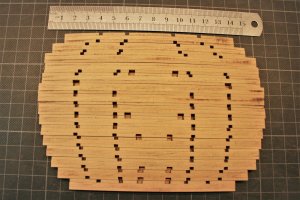
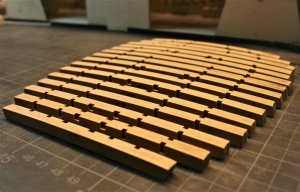
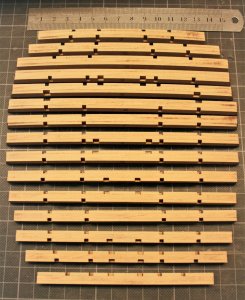
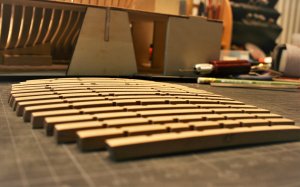
That's a very good point. Never thought of that.I think, that Laser Cutted planks would never work with a POF model, due to the fact, that every modeler is sanding the frames slightly different....so they would not fit
